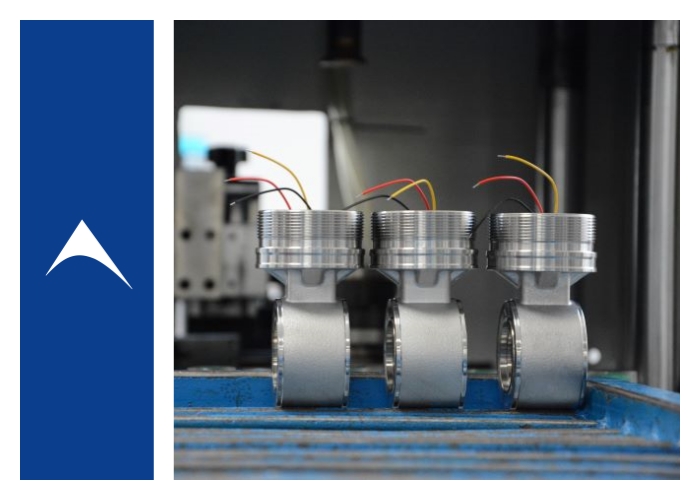
Understanding the Eight Basic Performance Indicators of Industrial Instruments: Range, Accuracy, and Reliability
2025-10-29 14:39
In the rapidly advancing field of industrial automation, measurement accuracy remains one of the most important factors influencing production quality, process safety, and operational efficiency. Whether in pressure, temperature, or flow measurement, the precision of data determines the reliability of control systems and the consistency of end products. Understanding the indicators that define measurement accuracy helps engineers and operators select instruments that deliver both performance and durability.
1. Measuring Range
The measuring range specifies the limits within which an instrument can accurately measure a process variable. It defines the minimum and maximum values for reliable operation. A properly selected range ensures that instruments function within their optimal capacity, maintaining consistent measurement accuracy across varying conditions.
2. Zero and Span Adjustment
Zero and span adjustments allow for calibration flexibility, enabling instruments to adapt to different installation environments or process requirements. This fine-tuning helps maintain measurement accuracy when instruments are subjected to changing temperature, pressure, or environmental factors.
3. Sensitivity and Resolution
Sensitivity refers to the smallest change in input that an instrument can detect, while resolution indicates the smallest division an instrument can display. High sensitivity and resolution are essential for achieving superior measurement accuracy, especially in applications requiring precise control or early fault detection.
4. Error and Accuracy Grade
The relationship between displayed values and true values determines the level of error, which in turn defines the instrument’s accuracy grade. A smaller error corresponds to a higher grade, signifying better measurement accuracy and greater trustworthiness in critical industrial applications.
5. Repeatability and Reproducibility
Repeatability measures how consistently an instrument provides the same output under identical conditions. Reproducibility, on the other hand, evaluates its performance across different operating environments. Together, these parameters confirm the stability of measurement accuracy over time and under varying conditions.
6. Reliability and Long-Term Stability
Reliability is often considered the ultimate test of an instrument’s quality. It reflects the ability to maintain measurement accuracy throughout continuous operation. Instruments with high reliability require less frequent recalibration, reducing maintenance costs and improving plant uptime.
7. Hysteresis and Dead Zone
Additional factors such as hysteresis, friction, and dead zones also affect signal response and measurement precision. Instruments designed to minimize these effects ensure smoother performance and improved measurement accuracy, especially in systems that demand rapid and precise feedback.
As automation technology continues to evolve, industries are placing increasing emphasis on measurement accuracy as a standard for evaluating sensors, transmitters, and control devices. Modern instruments are expected not only to perform with precision but also to maintain stable readings under harsh and dynamic environments.
By understanding these eight key performance indicators, engineers can better evaluate and optimize their measurement systems, ensuring consistent output, safer operations, and more efficient production processes. Continuous innovation and quality control will remain the foundation for achieving higher levels of measurement accuracy in the future of industrial automation.
